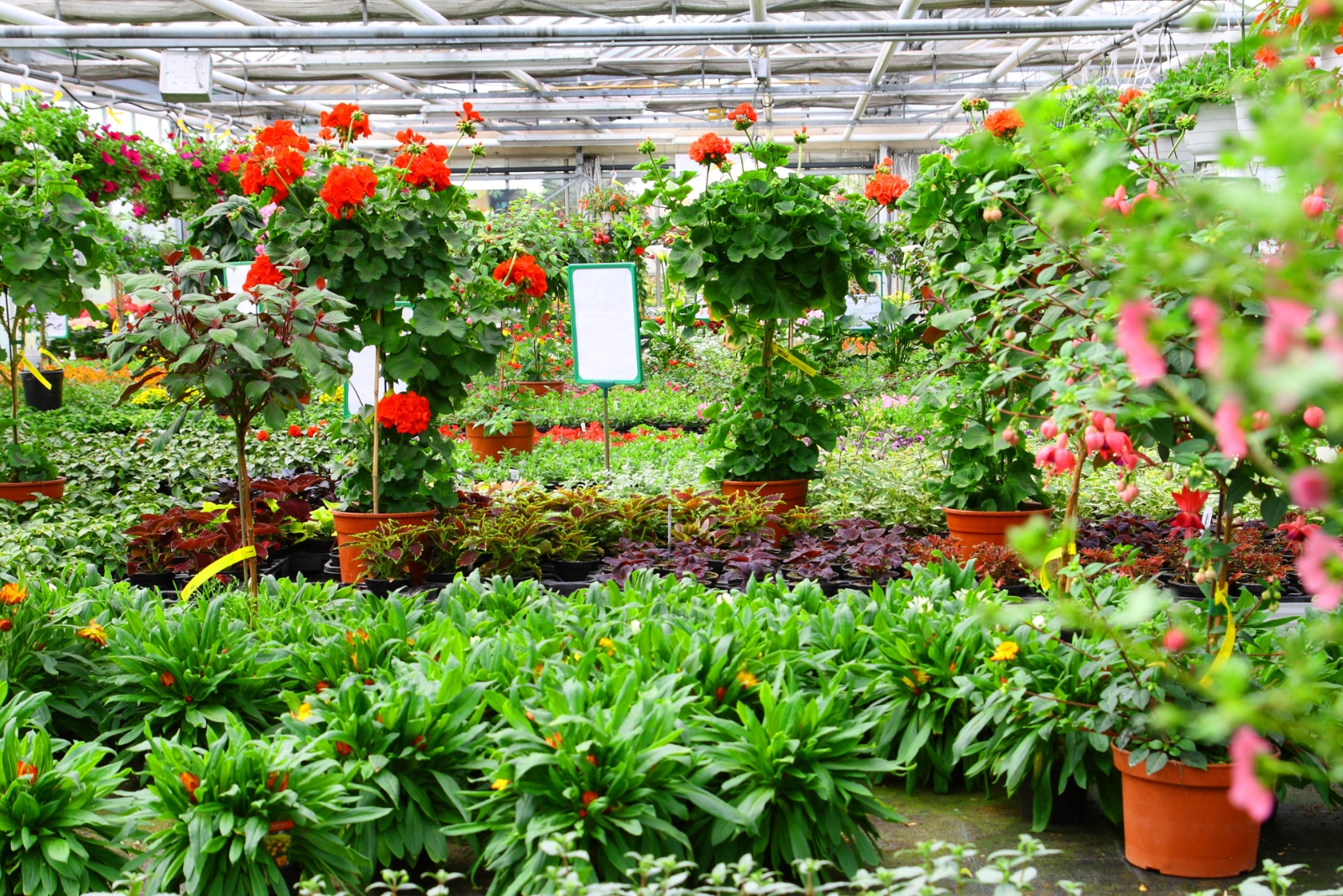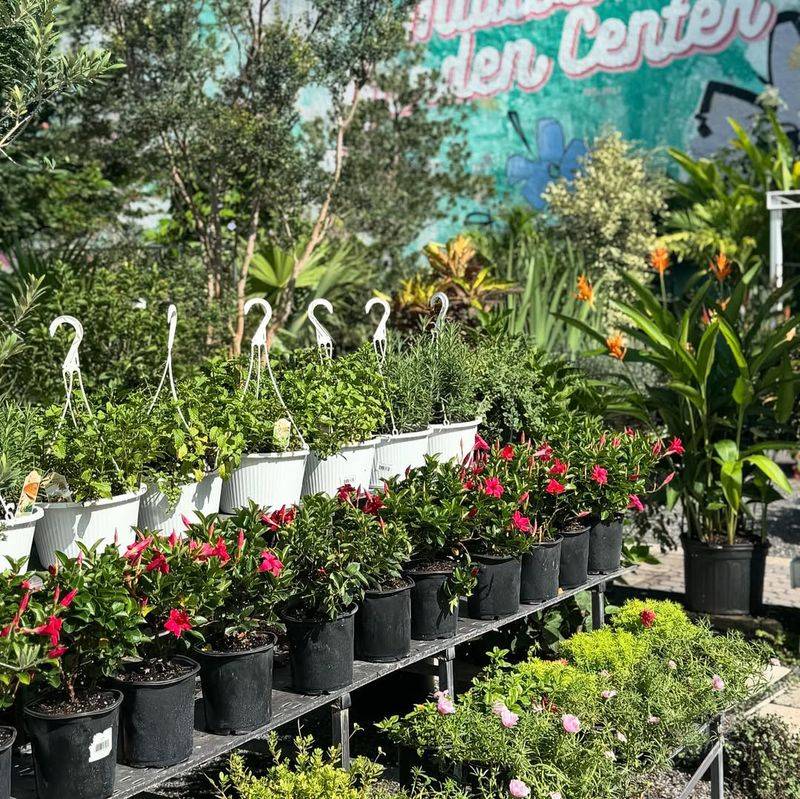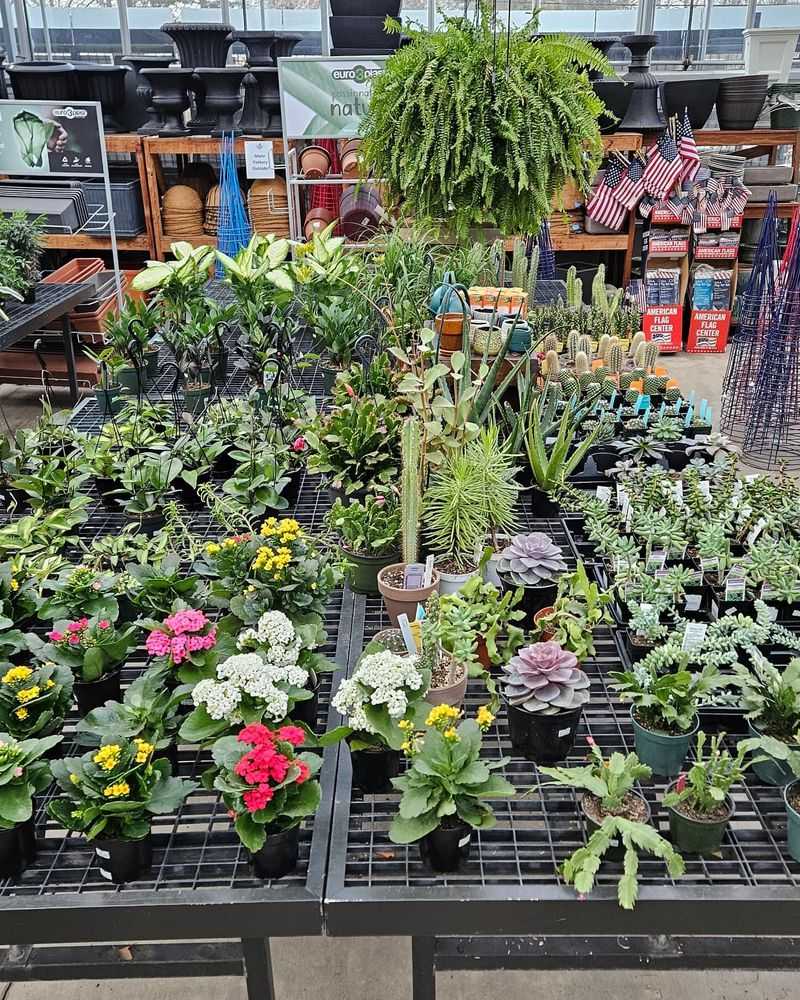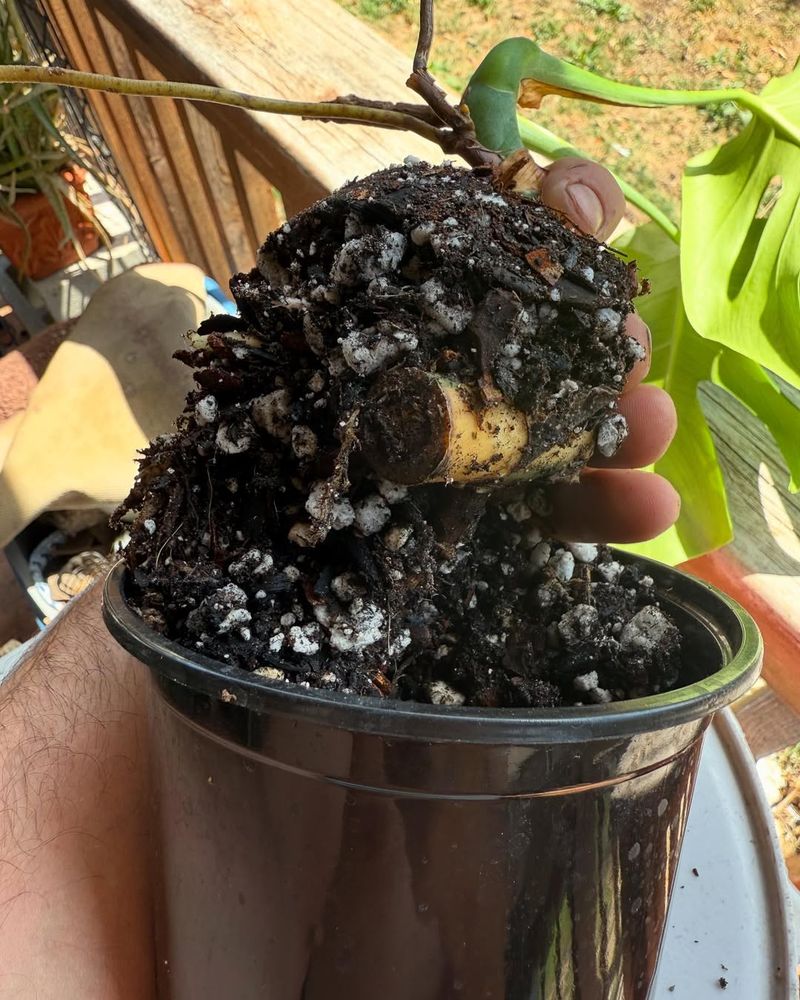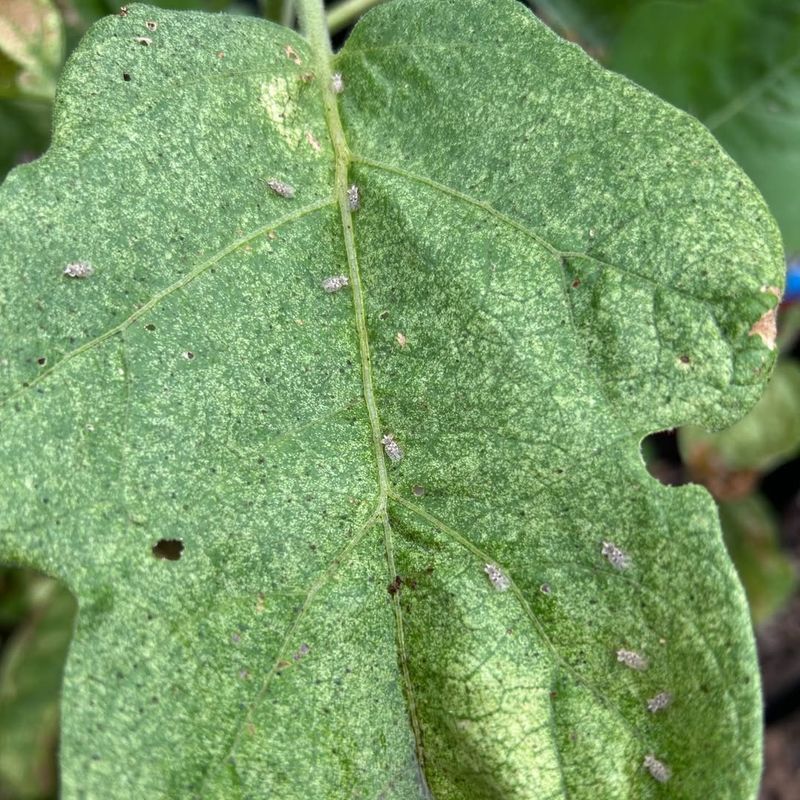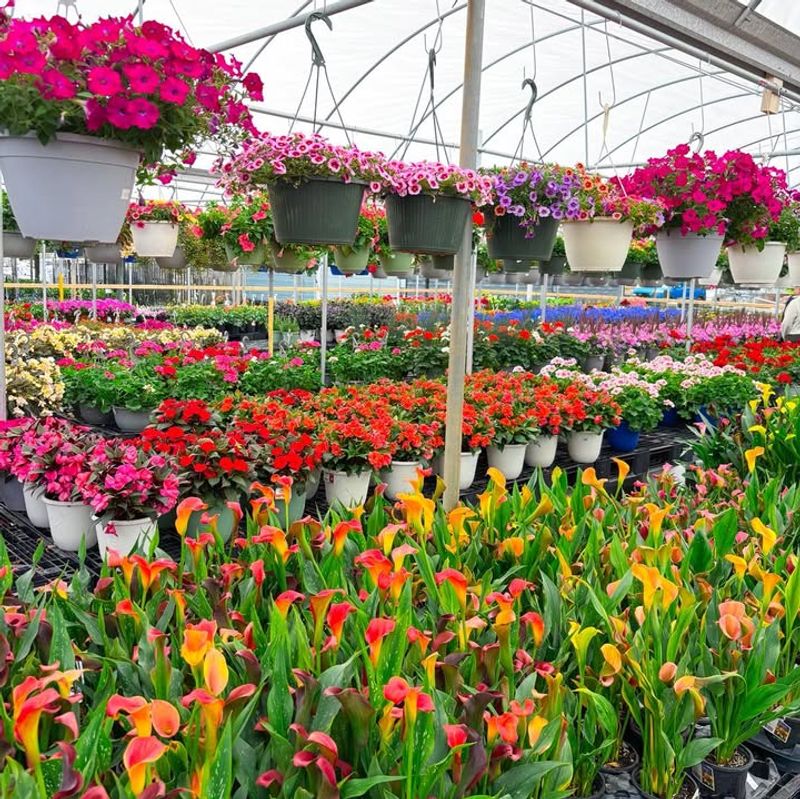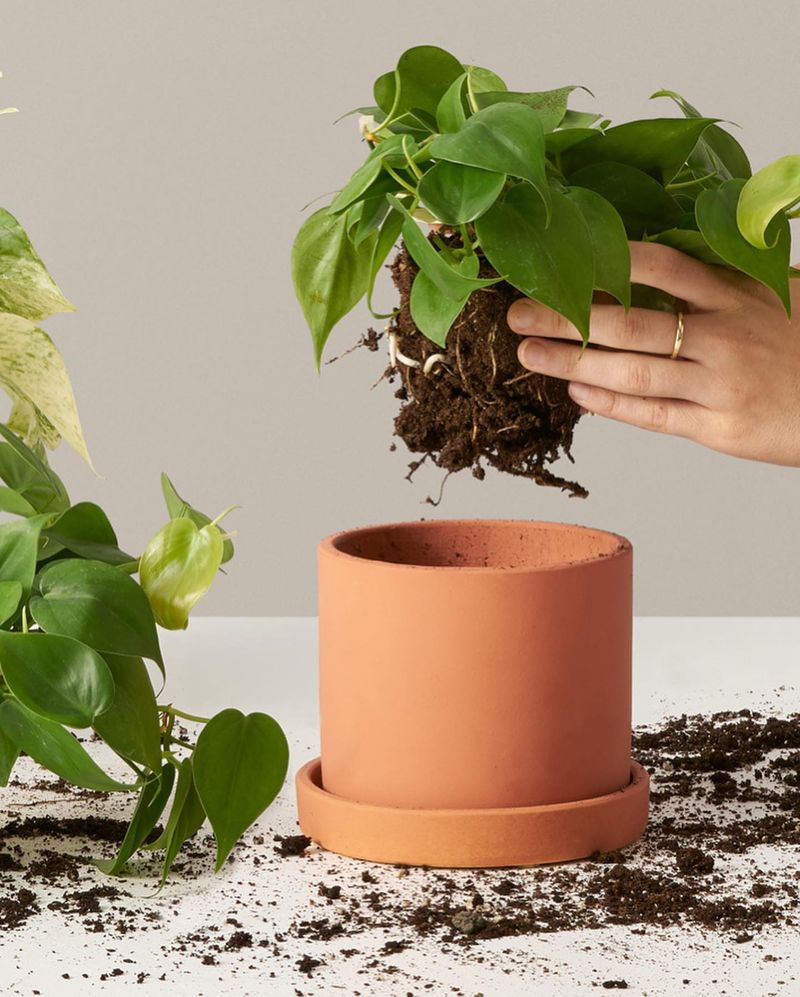Florida garden centers offer color in every direction, and it’s tempting to grab whatever looks healthy in the moment. Yet not every plant on display is suited for the state’s sun, rain patterns, soil, or humidity. A pot that looks perfect on the shelf may struggle once it reaches the patio.
The trick is spotting the early signs of stress and understanding how plants respond to the climate. A careful eye now helps avoid frustration later.
1. Ignoring Florida’s Hardiness Zone
Many gardeners grab plants that look pretty without checking if they can survive Florida’s climate. Florida spans multiple hardiness zones, from 8a in the Panhandle to 11a in the Keys, and each zone has different temperature ranges.
A plant that thrives in North Florida might struggle in Miami’s tropical heat. Always check the plant tag for zone information before purchasing.
Ask nursery staff which zone you live in if you’re unsure, and choose plants rated for your specific area to ensure long-term success.
2. Overlooking Salt Tolerance Requirements
Living near Florida’s coastline means your plants face salty air and soil conditions that can damage or kill sensitive species. Salt spray from ocean breezes travels surprisingly far inland, affecting plants several miles from the beach.
Plants without salt tolerance will develop brown, crispy leaves and eventually die in these conditions. Before buying, research whether your chosen plants can handle coastal environments.
Look for native Florida species or plants specifically labeled as salt-tolerant for beachside properties.
3. Buying Plants With Root Problems
Root-bound plants have roots so tangled they circle endlessly around the pot, which stunts growth and prevents proper water absorption. Gently tip the pot and check if roots are growing out of drainage holes or spiraling densely around the soil.
Healthy roots should be white or light-colored, not brown or mushy. Dark, slimy roots indicate root rot from overwatering.
Pass on plants with severe root issues, as they rarely recover even with careful transplanting and proper care afterward.
4. Selecting Plants With Pest Infestations
Bringing home infested plants introduces pests to your entire garden collection, creating headaches that take months to resolve. Carefully inspect the undersides of leaves, stems, and soil surface for tiny bugs, sticky residue, or webbing before purchasing.
Common Florida pests include aphids, whiteflies, spider mites, and scale insects. Look for yellowing leaves, holes, or distorted growth patterns that signal pest damage.
Quarantine new plants away from your existing collection for two weeks to catch any hidden problems.
5. Forgetting About Sun And Shade Needs
Placing a shade-loving fern in blazing Florida sun will scorch its delicate leaves within days, while sun-loving hibiscus won’t bloom in deep shade. Every plant has specific light requirements listed on its tag or information card.
Full sun means six or more hours of direct sunlight daily, while partial shade means two to four hours. Observe your planting area throughout the day to understand its actual light conditions.
Match plants precisely to your available sunlight for the healthiest, most vibrant growth possible.
6. Choosing Plants At The Wrong Season
Timing matters tremendously when buying plants in Florida’s climate, where extreme summer heat and occasional winter freezes stress newly transplanted specimens. Spring and fall offer ideal planting conditions with moderate temperatures that help plants establish strong root systems.
Summer’s intense heat makes it harder for new plants to adjust, requiring constant watering and extra care. Winter purchases risk cold damage to tender tropicals during unexpected freezes.
Plan your plant shopping around Florida’s gentler seasons for better survival rates and less maintenance stress.
7. Skipping The Soil And Drainage Check
Poor soil quality and inadequate drainage doom plants to slow death, no matter how carefully you water them afterward. Squeeze the soil gently to check its texture; it should feel slightly moist but not soggy or bone-dry.
Quality potting mix contains ingredients like perlite or bark that allow water to flow through easily. Make sure containers have drainage holes, as standing water causes fatal root rot in Florida’s humid climate.
Avoid plants sitting in water-filled saucers at the nursery, indicating potential drainage problems already developing.

